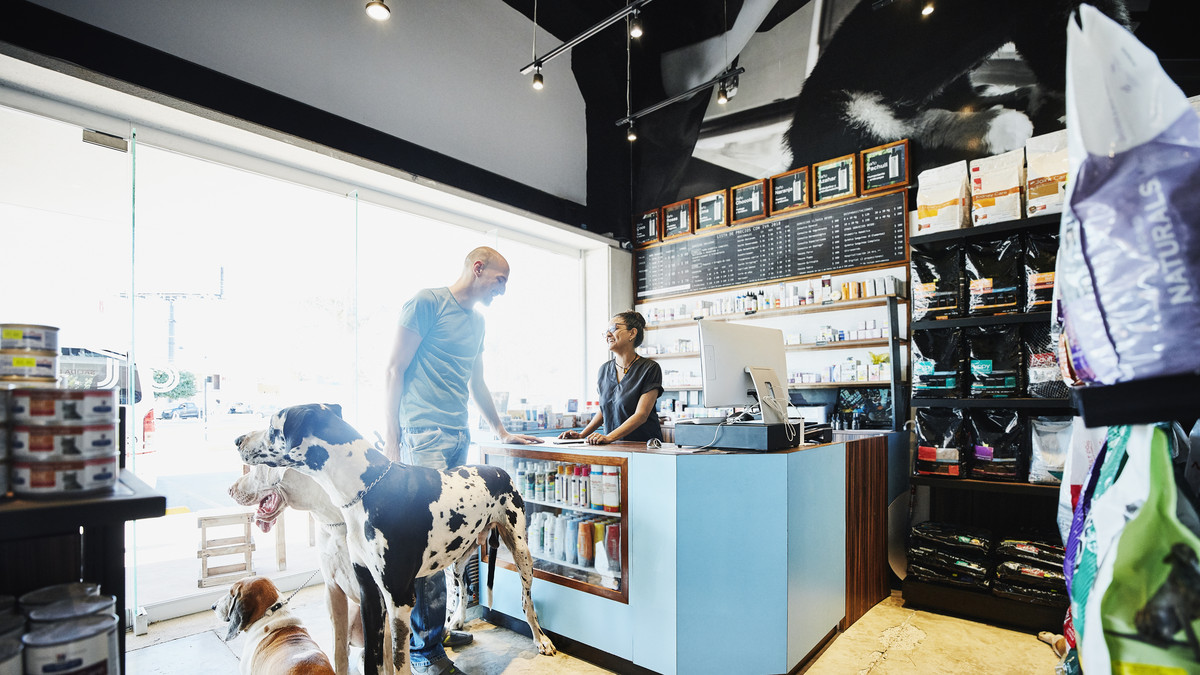Customer preferences alter by the second. Getting in the buyer’s good graces once does not guarantee lifelong loyalty. That’s why retailers would do anything to lure shoppers. Even something as self-destructive as setting the lowest prices that they can’t afford to maintain. Such tools as AI-backed pricing analytics software help businesses create pricing strategies that allow retaining customers and keeping margins at the same time.
The thing with “the lowest prices in the market” does not work unless you are Walmart or Amazon enjoying excellent terms with vendors and pouring millions into marketing. In most cases, smaller retailers cannot put up with slashing prices endlessly and eventually are forced to leave the market. What’s even worse is that by engaging in price wars, they push themselves and other companies right to the price bottom. Recovering from selling below price floors can take several months for everyone in the market. Therefore, arguably it’s not an option anymore.
It’s all about the price balance
Indeed, the price of a product is the most important factor that influences a purchasing decision. However, it is crucial for retailers to understand where they should struggle to the last breath and where it’s wiser and safer to let go, set higher prices and earn money. It’s all about the balance. There are three groups of products that should be priced differently from each other in order to drive maximum profitability for the whole assortment. Crafting the right prices for two of these groups requires some kind of AI-enabled price-analysis software. Retailers need to process unprecedented amounts of data to make such decisions, which no other technology can handle.
Here is how retailers should group their products:
• Items that should have the lowest prices in the market. These are products you share with your rivals and for which shoppers expect the lowest prices. That’s where the price of a product is your only differentiator. To price such products, retailers usually stick to competitive price monitoring and rule-based pricing.
• Products for which you can offer higher prices. These are your private-label or exclusive items, for which calculating the right prices is a challenge. That’s where retailers usually use AI-powered price optimization, since algorithms take into account demand and price elasticity to suggest optimal prices that will drive maximum revenue.
• Items that can have higher or lower prices depending on the power of your brand. Such products are also sold by your competitors, but shoppers would rather buy them from you thanks to your brand reputation (which you need to maintain constantly). That’s where it’s recommended to employ AI to calculate how much you can raise prices on the basis of your brand popularity.
What is the power of AI?
Self-learning algorithms browse through massive amounts of data with by far greater speed than managers, and reveal patterns unattainable for humans. The algorithms take into account any number of parameters, including your business goals and restrictions, and suggest the best scenarios any time you need. What’s more, the longer you use them, the more precise and effective they get.
Numbers speak louder than words, though. When it comes to algorithm-based price optimization, it can demonstrate such significant results as a 16% revenue boost and a 24.7% sales uplift across various retail verticals — from consumer electronics, to FMCG, to giftware.
However, adopting AI cannot help you answer all your questions. Before going in that direction, retailers should figure out their business goals and keep fixing what there is to fix without AI. Once this is done, AI can show stunning performance.
“The good news is there’s real ROI,” Scott Emmons, CTO at Current Global, commented on the use of AI in retail at the Interactive Customer Experience Summit in Dallas earlier this year.
With AI, retailers get a new chance to fine-tune their pricing strategies to a point where they know the best prices (be they regular or promo) for every product in the portfolio — and figure out how to make every item contribute to enticing customers and maximizing the entire revenue.
This article was written by Alexandr Galkin from Retail Customer Experience News Features and was legally licensed through the NewsCred publisher network. Please direct all licensing questions to legal@newscred.com.
![]()



